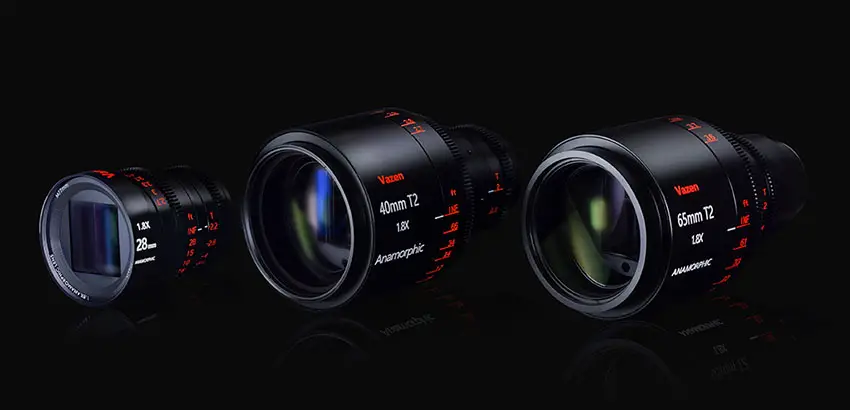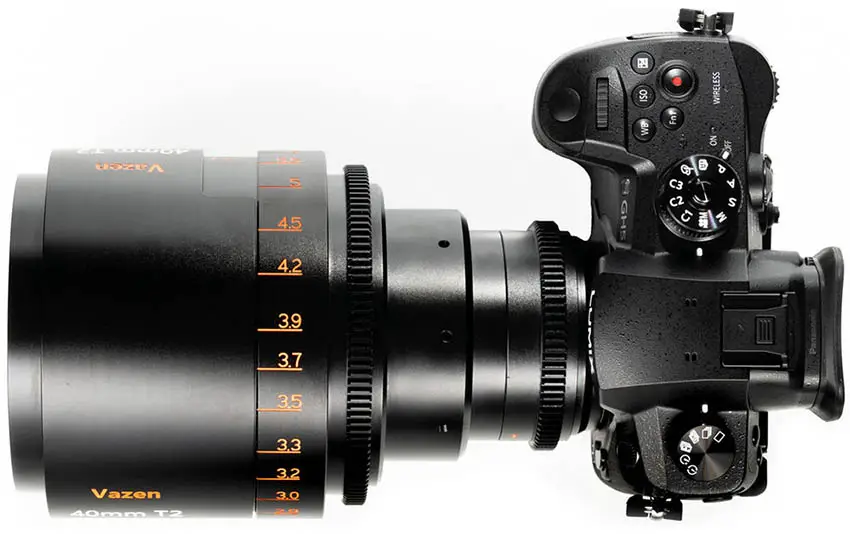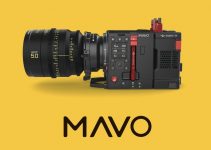Picking a lens family or type to use on a project is a very personal choice. Everyone has a lot of opinions and favorites and while a ton of this decision is simply preference for one look or another, there is one decision that plays a big part—spherical vs anamorphic. Making the choice to go with anamorphic glass is a bigger decision that can impact nearly every aspect of the workflow.
Someone who has delved into anamorphic, filmmaker Brady Bessette, breaks down the key points you should know about anamorphic glass and who might want to consider it over classic spherical lenses.
This is a little bit of a learning experience for Brady as well, but that does give us a nice early lesson on anamorphic lenses. In this case he is using the relatively budget Vazen 40mm T2 1.8x Anamorphic Lens. It’s designed for either Micro Four Thirds system or select RF-mount cameras, such as the Canon C70 and RED KOMODO.
As for what you need to know to start is the fact that they squeeze the image. This leads to the other term of stretching. What this does is take a widescreen image and essentially squeeze it to fit on a less wide image sensor area. The image looks squeezed on a modern Super 35mm or 4:3 sensor. You take that image and “de-squeeze” it based on the squeeze ratio to get a “normal” image with an ultra-wide aspect ratio.

Image Credit: Vazen
A main advantage of this configuration is that you make the most of your image area and resolution instead of relying on cropping in post. A big question is simply whether you want the widescreen look or need more conventional aspect ratios.
A good example is if you plan on also using this footage for multiple formats, such as social media, where having more vertical space will help.
The actual optical design has a big impact on the image’s look. Because it stretches the image and uses a lot of uniquely shaped elements you get a naturally soft image. Bokeh also becomes oblong and flares can become aggressive as they tend to streak with point sources.

Image Credit: Vazen
It is a very distinct look. If you are looking for a cleaner or sharper image then spherical optics are superior. Flares are a bit different two as it is generally a circular flare with direct sources.
Anamorphic is not always the answer. Sometimes the clean, crisp detail of spherical is a better choice than a highly stylized anamorphic optic.
Do you have a preference?
[source: Brady Bessette]
Order Links:
Disclaimer: As an Amazon Associate partner and participant in B&H and Adorama Affiliate programmes, we earn a small comission from each purchase made through the affiliate links listed above at no additional cost to you.



